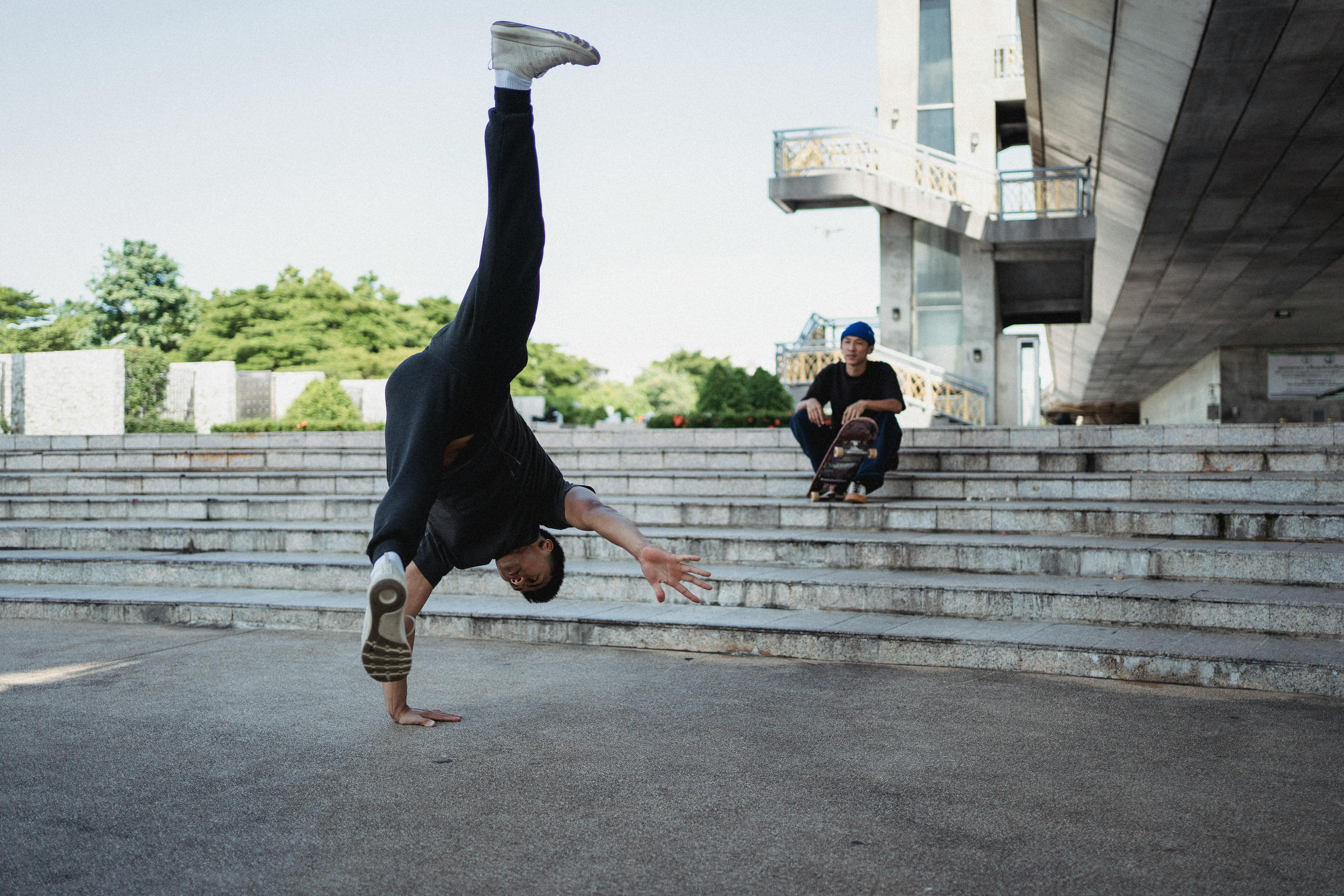There seems to be very little written about Algeciras, four lines in the ‘Spain Travel Guide’, and not much anywhere else, which is a shame. It is not just a passing place on the way to Cádiz or Seville, it has a certain charm and more history than it seems.
High above Algeciras, on the Cabrito pass, is the enigmatic ‘Hand and Ball’ sculpture designed by Todd Slaughter that symbolizes the meeting point of two continents and cultures. A beacon for all sailors entering or leaving the Mediterranean, it highlights Spain’s will to keep the Mediterranean open to all and the ambition of the Bay of Algeciras Port Authority to continue developing the area. As the wind howls across the Strait, the ball spins at a top speed of 6 revolutions per minute and lends its own blood-curdling cry to the seagulls above.
Across the bay is Gibraltar. When Franco closed its border with Spain, the city enjoyed massive investment to create jobs for those previously employed at The Rock and to break the area’s financial dependency on a foreign power.
Algeciras, the southernmost port in Europe, the busiest in Spain with a movement of 65 million tons in 2004, at a strategic point between the Atlantic and the Mediterranean and a natural port, has a long history largely undocumented. Leaving aside the assumptions regarding its links with Carteia (near San Roque) and Julia Traducta (Tarifa), the first documentation of a settlement in the place of present-day Algeciras would seem to date from 1279. In 1998, during the works of reconstruction of In the center of Algeciras a 100 meter long fortified wall was discovered, complete with moat, four flanking towers, an ornate brick bridge and a complicated series of trap doors and gates. These are part of the fortified village known as Al Binya, built by Abu Yusuf Yaqub between 1279 and 1285. The defenses were good enough to resist the sieges of Alfonso X and Fernando IV between 1342 and 1344. Finally taken by the Christian kings it was then destroyed by Mohamed V at the end of the 14th century. That would probably have been the end of Algeciras if, in 1704, Great Britain had not taken Gibraltar and the old site had been repopulated by part of the deposited population.
It is only a modern port since the first wooden dock was erected on the Río de la Miel in 1884. It had a modest expansion, with fishing and passenger transport through the Strait being the only independent source of income, until 1964 when the oil refinery and steel mills were built after which Algeciras never looked back.
Serving thousands of migrant workers from Morocco, many of the signs are in Arabic and Spanish and many parts of this city could easily be in Casablanca or Fez, such is its influence. The mint tea served in the many traditional tea shops is as authentic as any you can find on the water.
Algeciras cannot be described as a beautiful city, it has few buildings of historical interest, its streets are a nightmare, or at least its drivers are, behind the shopping center there is an ugly and messy urban sprawl, but it has a certain fascination and not scarcity of life, in fact a visit can be a lot of fun. Once off the main roads, you’ll find tree-lined squares and small parks and a plethora of restaurants and bars. The easiest way to get to the city is to follow the Port signs from the N340 and then the City Center signs, just before the Port car park in the huge open-air car park.
A visit to the Municipal Market, the Mercado de Abastos, where the EC regulations have just been applied, can only be described as an educational experience. The octagonal building itself is a very modern looking creation and was built, surprisingly, in 1935. Unidentifiable chunks of meat in brightly colored lard are fished out of plastic containers, wrapped in last week’s Sur and carried in string bags by dark-veiled ladies wearing yellow slippers. Piles of huge mussels, complete with barnacles and seaweed, fresh from the bay, sell for a couple of Euros a kilo. These are delicious by the way, but bring your own plastic bag, the ink used in newspapers does not enhance their flavor. Fresh vegetables straight from the plots behind the town are piled up and are apparently sold by volume, as there is no evidence that they have been weighed. There is no way to be discreet in this place; everyone talks at the top of their voices, a cacophony of Arabic, French and Spanish. No matter how bad your Spanish is, all the vendors seem to understand what you want, though I still wonder how I bought what seems like a bunch of branches, and more importantly, what should I do with them. Nearby is the fish market where the local catch is sold.
If you are looking for a pair of shoes, or any leather goods, then you should look around Algeciras. All the other shops seem to sell leather goods, many from Morocco. When the same products arrive in the UK, they will be double the price. The main shopping streets are behind and parallel to the street you took to enter the city. Exit the car park, cross the street and simply walk up one of the opposite side streets.
Sitting in one of the tearooms overlooking the port and the Bay of Algeciras (or Bay of Gibraltar depending on your nationality), enjoying a glass of mint tea and contemplating the bustle of the port is perhaps the time to reflect on the battle that took place in the bay. on July 8, 1801. This was one of the few times that the French, aided by shore batteries and Spanish gunboats, defeated the English fleet. Honor was restored on July 12 when we returned salutes as the French fleet sailed for Cadiz.
As always in a new place, it is worth visiting the small Municipal museum. Be warned though it is only open Monday through Friday and observe a siesta. The exhibits relating to Algeciras focus on the period between 1704 and the present.


